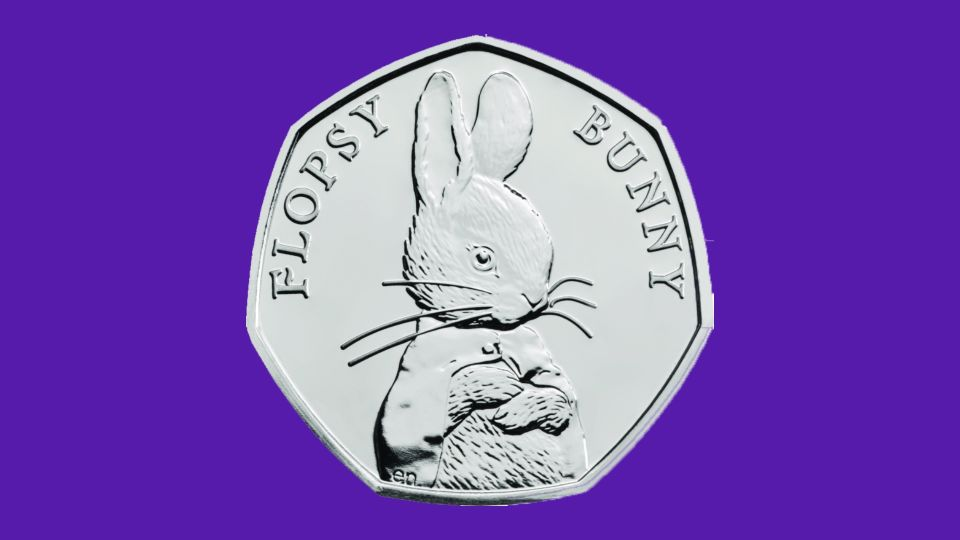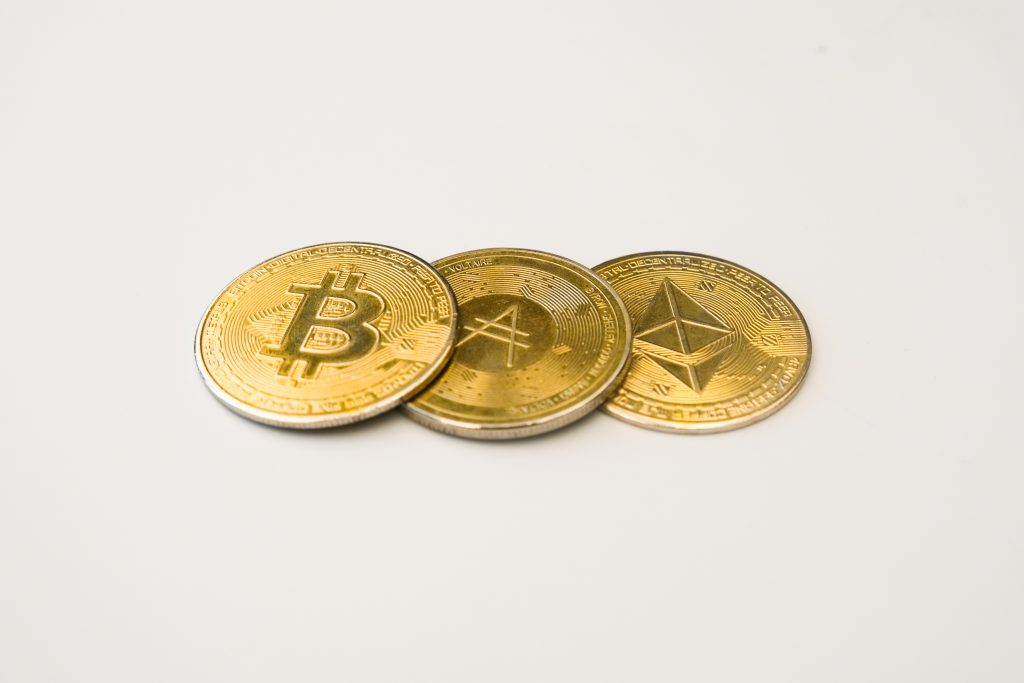Published 9th July 2023
Bitcoin Ordinals vs NFTs: What's the Difference? How Do They Work?

Whether you love it or hate it, NFTs are coming to Bitcoin. Sort of. Because Bitcoin Ordinals are not strictly the same as NFTs, like on Ethereum and Solana.
So what’s all the buzz about? We’ll have a look at how Ordinals work, how they differ from NFTs and how it could shape the Bitcoin ecosystem going forward.
What Are Bitcoin Ordinals and How Do They Work?
For years, Bitcoin holders couldn’t eat at the NFT table. Projects like Ethereum and Solana sprung up and offered the capability for artistic expression and memes through their ERC-721 and SPL token standards.
The Bitcoin protocol couldn’t do this, as its sole purpose when devised by its creator Satoshi Nakamoto, was to be a digital payments system. NFTs require additional functionalities and data structures that are not present in the Bitcoin protocol, making it unsuitable for representing and managing unique, non-fungible digital assets.
However, in January of 2023, Ordinal Theory was created by Casey Rodarmor, co-host of the Bitcoin BitDevs community project in San Francisco, and the concept is simpler than it sounds. The key word is order. The idea is that every satoshi (the lowest denomination of Bitcoin) is mined sequentially, and can therefore be assigned a number according to its creation. This sequential number is called an inscription.
But these inscriptions don’t have to be limited to just numbers. They can also be images or GIFs or even short videos. And this is how the Bitcoin network finally got in on the NFT scene. Ordinal inscriptions allow each satoshi to become unique entities with individual identities, much like an NFT on Ethereum or Solana.
So the Ordinal protocol effectively turns each satoshi into its own thing, assigning each unit an ordinal number between 0 and 2.1 trillion, hence the name Bitcoin Ordinal.
You can imagine it like real-life coins: in Britain, every single coin has two sides, heads or tails. The head is always the same, with a picture of a monarch, making it legal tender and therefore a coin. But the tails side can be different, and can be inscribed with any number of patterns or artworks, such as the Peter Rabbit 50p.

Unlike Ordinals, these 50ps aren’t unique, but the concept is the same. Each coin still functions as currency that can be spent like any other, but each coin can also be unique thanks to its inscription.
The Value of a Bitcoin Ordinal
Humans are natural collectors. We like to collect stamps and coins, because they signify our history and longevity. Bitcoin has periodic events, and these periodic events help to distinguish one satoshi from another, often signifying the time it was created. These periodic events are as follows:
-
- Blocks: A new block is mined approximately every 10 minutes, from now until the end of time.
- Difficulty adjustments: Every 2,016 blocks, or approximately every two weeks, the Bitcoin network responds to changes in hashrate by adjusting the difficulty target which blocks must meet in order to be accepted.
- Halvings: Every 210,000 blocks, or roughly every four years, the amount of new sats created in every block is cut in half.
- Conjunctions: Every six halvings, the halving and the difficulty adjustment coincide. This is called a conjunction, and the time period between conjunctions a cycle. Conjunctions occur roughly every 24 years, and are therefore an extremely rare event in the world of the internet. The first conjunction should happen in 2032.
If you’re still struggling, this video explains the concepts of halving and mining difficulty and their significance on Bitcoin as a whole:
Rodarmor proposes that this gives us the following levels of rarity, which may or may not be valuable depending on market sentiment:
- Common: Any sat that is not the first sat of its block.
- Uncommon: The first sat of each block.
- Rare: The first sat of each difficulty adjustment period.
- Epic: The first sat of each halving.
- Legendary: The first sat of each cycle.
- Mythic: The first sat of the genesis block, meaning the very first block of the first cycle.
However, these rarities are only based on the time of creation, and value may be derived from other sources, for example from the satoshi’s name…
Yes. Each satoshi has a name, consisting of the letters A through Z, that get shorter the further into the future the satoshi was mined. Therefore, the name of the last satoshi ever mined will be “a”. Every combination of 10 letters or less will be out there at some point, and will doubtlessly generate value just from the random combinations created.
There will also be satoshis prized just for the number itself. For example a satoshi that represents the first digits of Pi or satoshi 2222222222222222. Such satoshis are deemed as ‘exotic’, and will have subjective value. There are 100,000,000 satoshis in each Bitcoin, meaning there are plenty of opportunities for interesting combinations.
And of course, some satoshis will be inscribed with arbitrary content, such as artwork and memes. Users will undoubtedly inscribe a wealth of content onto these satoshis that can be tracked, transferred, hoarded, bought, sold, lost and rediscovered.
What’s the Difference Between an Ordinal and an NFT?
The key difference between Ordinals and Ethereum NFTs is how the data is stored.

On Ethereum, NFTs are minted and stored on the blockchain using a token standard such as ERC-721. Through the use of a standard, Ethereum users and programs can always recognise an NFT across the ecosystem. When an ERC-721 NFT is created, a file of metadata is created to contain information about the NFT.
What you think of as an NFT is actually linked within that file of metadata, as in an image or GIF, technically the NFT is just the ‘stamp’ that identifies that file of data. The image or artwork itself is usually stored somewhere off-chain, meaning that the actual file itself could be edited, as it is not embedded into the immutable blockchain.
And this is where Bitcoin’s Ordinal NFTs are fundamentally different. As each Ordinal NFT is essentially assigned to a unit of currency within Bitcoin, this means that there is no need for a file of metadata to describe the artwork, because the artwork is fully embedded into the blockchain itself.
Therefore, Bitcoin Ordinals bring an additional level of immutability and security to NFTs that is not possible on other blockchains.
How Will Ordinal NFTs Change Bitcoin?
Bitcoin is king, by market cap that much is certain. For a long, long time Bitcoin was meant to just be an electronic cash payments system. Then it became more of a store of value, leading to a number of hard forks into new currencies, such as Bitcoin Cash and Litecoin.
Now specific satoshis can be assigned data, which comes with bonuses and drawbacks. Integration with the mainnet simplifies the ecosystem, allowing these NFTs to use the established security of Bitcoin, whilst providing a way to prove ownership and uniqueness of digital assets.
However, this poses some issues for miners. A miner will have to decide whether to fill a block with standard transactions, or balance it with ordinal and smaller transactions. If ordinal NFTs generate a lot of speculation and interest, competition for block space will be high, and miners will have to make selective decisions about which transactions get space on the block.
What is an Ordi?
The Ordi coin is an innovative cryptocurrency built specifically to serve as the native utility token within the new BRC-20 token standard. It operates directly on the Bitcoin blockchain.
A native utility token is a type of cryptocurrency that is specifically designed to serve a particular purpose within a blockchain-based platform or ecosystem. Unlike other cryptocurrencies that are primarily used as a medium of exchange or as an investment asset, native utility tokens are directly tied to the functionality and operation of the platform itself. They typically play a role in enabling transactions, accessing services, or participating in governance within the ecosystem.
One of the key features of Ordi is the integration of smart contracts into the Bitcoin framework. Smart contracts allow for more complex financial transactions and greater use cases for the blockchain generally.
The Ordinals wallet is a non-custodial, multi-currency wallet within the Ordinals ecosystem. Designed to cater to both novice and experienced cryptocurrency users, the Ordi incorporates multiple currencies other than Bitcoin and Ordi, such as Ethereum and Litecoin.
Are Ordinals Bad For Bitcoin?

If ordinals start to price out standard transactions, it could make it even harder to get into a block, driving up fees for on-chain transfers. As such, many Bitcoin supporters and early adopters believe that block space should be reserved for sending BTC rather than storing data, given that Bitcoin is supposed to be a monetary network.
On the other hand, increased demand for block space could be considered a positive for the long-term sustainability of the network, as miners will get more in fees and could help as the block subsidy (how much miners get from completing blocks) decreases with each halving.
Additionally, storing larger files on the blockchain will lead to a significant increase in blockchain size over time. This will result in higher technical requirements to run a full node, potentially leading to further centralisation as fewer nodes can handle the increased storage demands.
But, storing these files directly onto the blockchain means that these NFTs are censorship resistant and immutable. The files become permanent parts of the blockchain, and cannot be erased.
The jury is still out on whether this is a net positive or negative for Bitcoin. There are two sides to the debate, and right now it seems like only time will tell. What do you think? Will you mint your own ordinal NFT?
